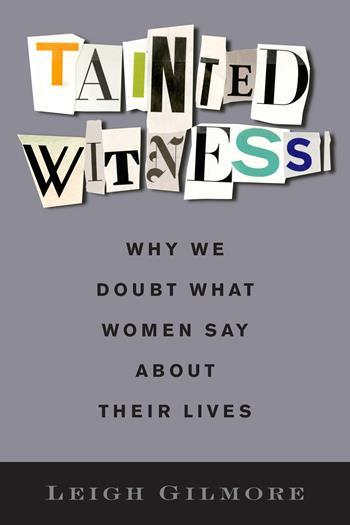An Interview with Arlene Notoro Morgan, Alice Irene Pifer, and Keith Woods
Q: What are the obstacles that get in the way of journalists and educators who want to report on or teach about race and ethnicity?nnMorgan, Pifer, and Woods: Fear might be the first thing. No matter who you are, no matter what race or ethnicity, you’re likely to have some apprehension about taking on the subject. People are afraid they’ll get it wrong; that they’ll offend or be offended by someone else; that they’ll be called a racist or have some undiscovered prejudice revealed. Time is also a challenge because this kind of work often can’t be done quickly.nnQ: So how do you suggest that educators and journalists move past those obstacles?nnMPW: What we’ve learned from talking to journalists for this project is that the fear is overcome by combining knowledge with experience. A producer from KRON-TV in San Francisco says in an essay that he had to learn to be “comfortable with being uncomfortable.” He got there by reading, reporting, and getting into more conversations about race and ethnicity. It will always be hard to do these stories or teach these lessons quickly, but the more practice you get at it the easier it will be to say something meaningful in less time or fewer column inches.nnQ: Does everyone who does this work have to be an expert on race and ethnicity?nnMPW: No. What we’ve seen is that journalists with a range of knowledge have taken on these stories. What they share is curiosity and a willingness to learn more. We approached the work in the book, DVD, and Web site with the understanding that journalists, educators, and students will come to them with different levels of understanding and will need different things as they take on the topic. Some need to build awareness of the issues central to handling race and ethnicity. Others need to build skills in interviewing, reporting, or writing. Still others need to work on higher-level critical thinking and analysis skills. So we wrote discussion points and assignments that would serve people at all levels.nnQ: What have you found to be the key ingredients for excellent reporting and writing about race and ethnicity?nnMPW: When we dissected the best work on this subject over the years, we found that the best stories have three consistent ingredients: a strong feel for the voice of people in the stories; solid context that helps people understand why things happen as they do; and respect for the complexity of race and ethnicity issues that takes the story past the false dichotomies that we see in many stories on the subject.nnQ: Is your focus only on journalism?nnMPW: Our goal is to help journalists do this work better. But we’ve all learned a great deal about race relations in America, the history and current challenges, from reading the wonderful work of the journalists in the book. And anyone interested in how journalism works—people in media studies or just curious members of the public—can get some insight into journalism by reading the book.nnQ: Are you trying with The Authentic Voice to teach white people how to cover people of color?nnMPW: No. Our goal is to teach journalists of any race or ethnicity how to improve their coverage of people who are different from themselves. Any journalist can have unchecked assumptions that can result in flawed journalism. As John Donvan of ABC’s Nightline wrote in the book, “We are all vulnerable in that regard.”nnFor further information, including a teachers’ guide for each chapter, visit www.theauthenticvoice.org.



